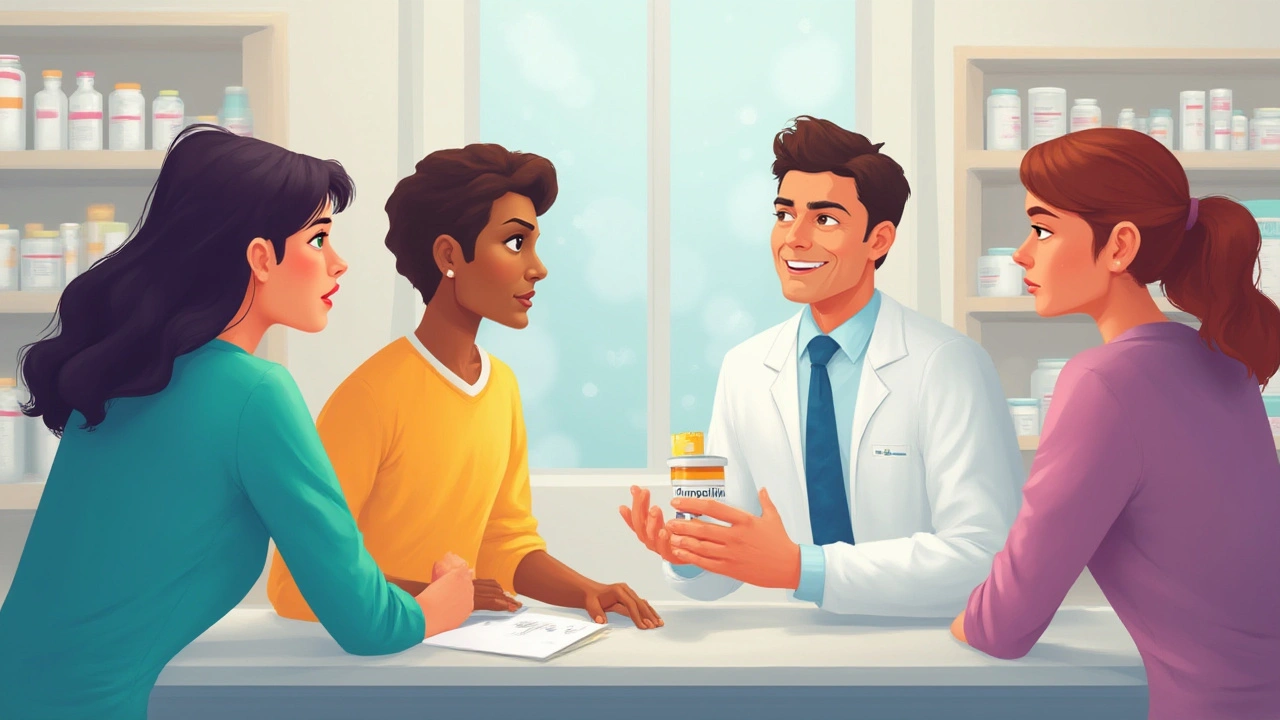Bacterial Infections: What You Need to Know
Ever get a cut that starts to burn or a sore throat that just won’t quit? That’s the body warning you about a bacterial infection. Knowing the signs early can stop a small problem from becoming a big one.
Common Types and How They Show Up
Bacteria love warm, moist places, so they often strike the throat, urinary tract, skin, and lungs. Strep throat brings sudden pain when swallowing and a fever. A urinary tract infection (UTI) makes you feel a burning urge to pee and can cause lower‑abdominal ache. Skin infections like cellulitis turn red, warm, and swollen, sometimes with a painful lump. Pneumonia from bacteria gives you a cough, fever, and chest tightness.
Treating and Preventing Bacterial Infections
Antibiotics are the main weapon, but they only work if a doctor prescribes the right one and you finish the whole course. Stopping early can let the bugs survive and become resistant. While waiting for a prescription, stay hydrated, rest plenty, and use over‑the‑counter pain relievers if you need relief.
Good hygiene blocks many infections. Wash hands with soap for at least 20 seconds, especially after using the bathroom or before eating. Keep wounds clean, cover them with a sterile bandage, and change it daily. Vaccines protect against some bacterial culprits like pneumococcus and Hib.
When to see a doctor? If you have a fever over 101°F (38.3°C), intense pain, rapid swelling, or symptoms that last more than a couple of days, get checked out. Young children, older adults, and people with weakened immune systems should act faster.
Here’s a quick checklist: notice sudden pain, redness, or fever? → wash the area, stay hydrated, and monitor for 24‑48 hours. If symptoms worsen or don’t improve, call your doctor for a possible antibiotic prescription. Remember, using antibiotics only when needed keeps them working for everyone.
-
Ampicillin: Uses, Effects, and Practical Guide to This Antibiotic
Learn all about ampicillin: what it treats, how it works, smart usage tips, possible side effects, and safety must-knows, written in real human language.
